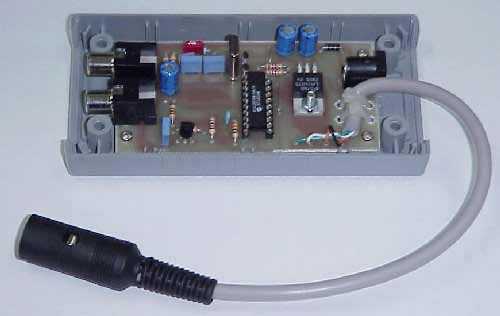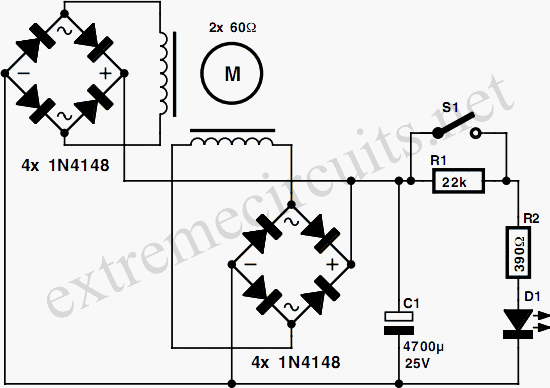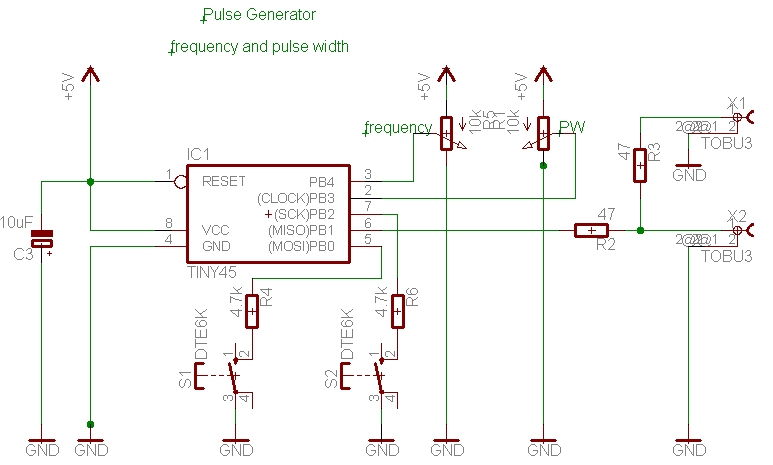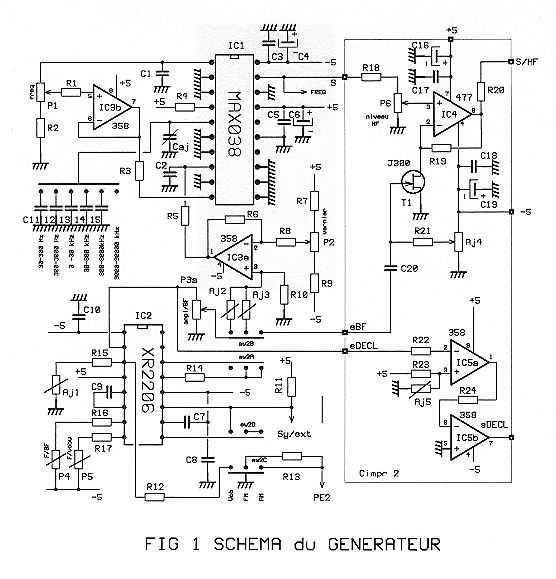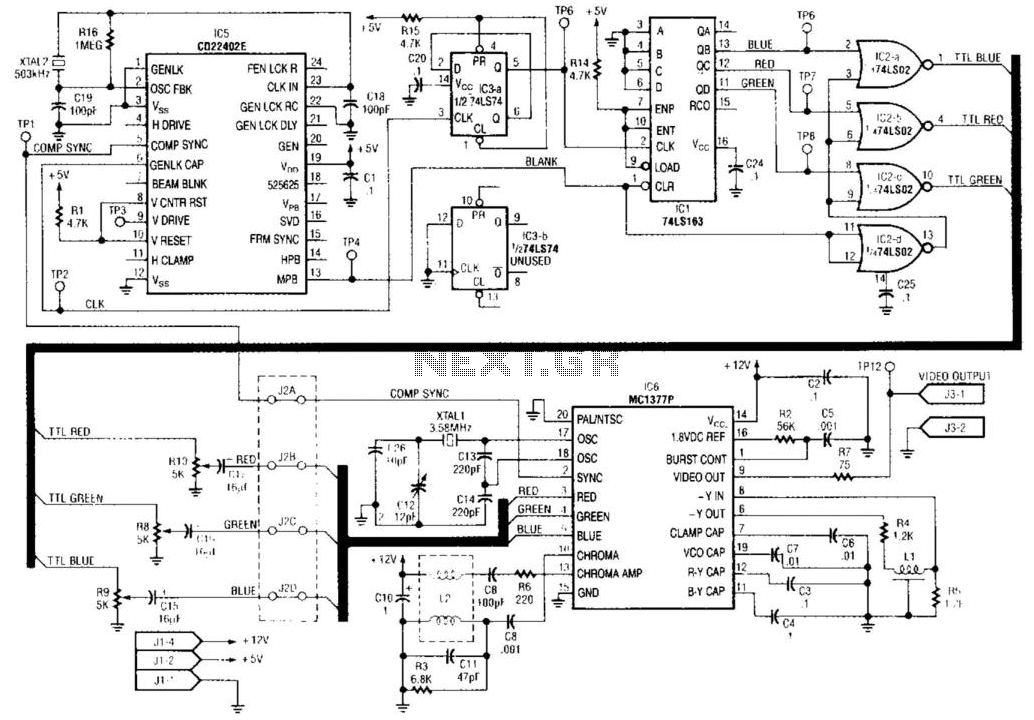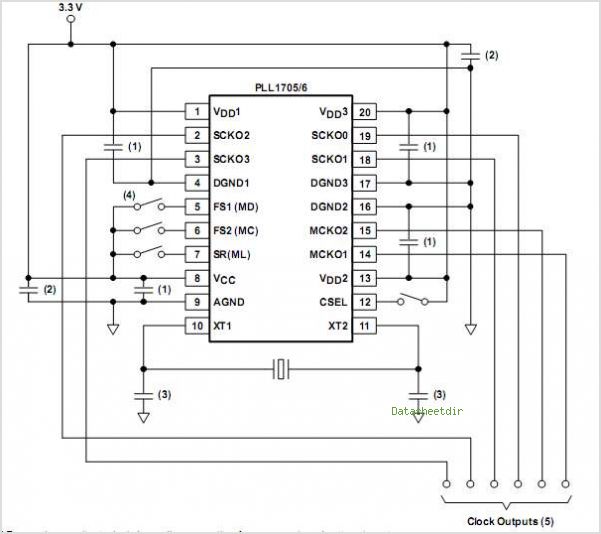
burst generator
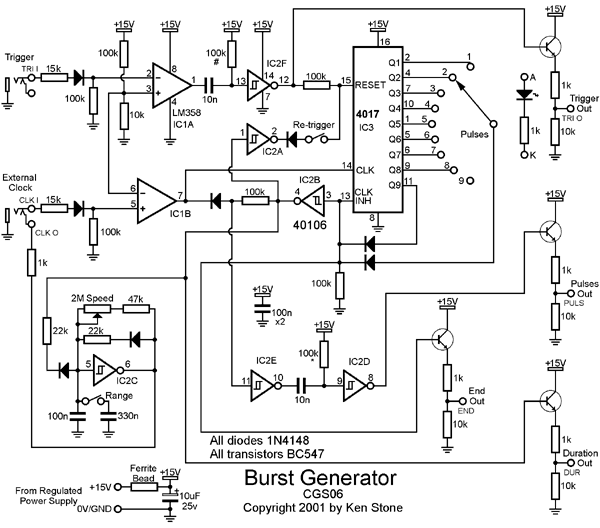
Descriptions of the various modules in a home-built music synthesizer - Sub-oscillator project.
The sub-oscillator module in a home-built music synthesizer serves a crucial role in enriching the sound by generating lower frequency signals that complement the primary oscillators. This module typically operates by producing waveforms such as sine, square, or sawtooth, which can be mixed with the main oscillator outputs to create a fuller, more complex sound.
The circuit design of the sub-oscillator may include several key components. At its core, it often utilizes an operational amplifier (op-amp) configured as an oscillator, which can be tuned to produce frequencies typically one octave below the primary oscillators. The frequency can be adjusted using a potentiometer, allowing for real-time manipulation of the pitch.
Additionally, the sub-oscillator may incorporate various filters to shape the output waveform. For instance, low-pass filters can be employed to remove higher harmonics, resulting in a smoother sound. The module can also include a mixer circuit to combine the sub-oscillator output with the main oscillator signals, enabling the user to control the blend of frequencies.
Power supply considerations are essential for the proper functioning of the sub-oscillator. It typically requires a dual power supply, often ±12V or ±15V, to ensure that the op-amps operate within their specified voltage range. Bypass capacitors should be included near the power pins of the op-amps to filter out any noise that could affect sound quality.
In terms of connectivity, the module may feature input and output jacks for integration with other synthesizer components. The inputs can be designed to accept signals from other oscillators, while the outputs can be routed to filters, effects, or directly to a mixer for further processing.
Overall, the sub-oscillator module is a vital addition to a music synthesizer, providing depth and richness to the sound palette by generating lower frequencies that enhance the overall audio experience.Descriptions of the various modules in a home built music synthesizer - Sub-oscillator project. .. 🔗 External reference
The sub-oscillator module in a home-built music synthesizer serves a crucial role in enriching the sound by generating lower frequency signals that complement the primary oscillators. This module typically operates by producing waveforms such as sine, square, or sawtooth, which can be mixed with the main oscillator outputs to create a fuller, more complex sound.
The circuit design of the sub-oscillator may include several key components. At its core, it often utilizes an operational amplifier (op-amp) configured as an oscillator, which can be tuned to produce frequencies typically one octave below the primary oscillators. The frequency can be adjusted using a potentiometer, allowing for real-time manipulation of the pitch.
Additionally, the sub-oscillator may incorporate various filters to shape the output waveform. For instance, low-pass filters can be employed to remove higher harmonics, resulting in a smoother sound. The module can also include a mixer circuit to combine the sub-oscillator output with the main oscillator signals, enabling the user to control the blend of frequencies.
Power supply considerations are essential for the proper functioning of the sub-oscillator. It typically requires a dual power supply, often ±12V or ±15V, to ensure that the op-amps operate within their specified voltage range. Bypass capacitors should be included near the power pins of the op-amps to filter out any noise that could affect sound quality.
In terms of connectivity, the module may feature input and output jacks for integration with other synthesizer components. The inputs can be designed to accept signals from other oscillators, while the outputs can be routed to filters, effects, or directly to a mixer for further processing.
Overall, the sub-oscillator module is a vital addition to a music synthesizer, providing depth and richness to the sound palette by generating lower frequencies that enhance the overall audio experience.Descriptions of the various modules in a home built music synthesizer - Sub-oscillator project. .. 🔗 External reference
Warning: include(partials/cookie-banner.php): Failed to open stream: Permission denied in /var/www/html/nextgr/view-circuit.php on line 713
Warning: include(): Failed opening 'partials/cookie-banner.php' for inclusion (include_path='.:/usr/share/php') in /var/www/html/nextgr/view-circuit.php on line 713
